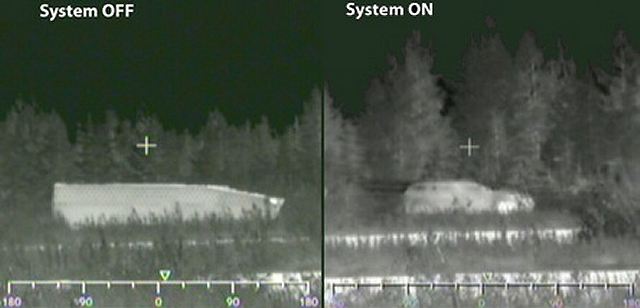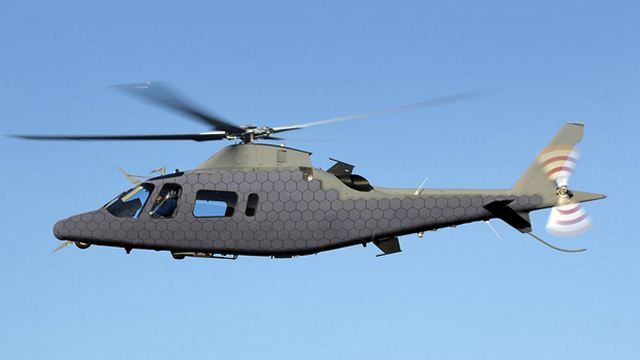BAE Systems presents ADAPTIV a new unique camouflage system for land and aerial vehicles 2307131
| a | |||
Military Defense Industry Technology - ADAPTIV camouflage |
|||
| Tuesday, July 23, 2013, 09:55 AM | |||
| BAE Systems presents ADAPTIV a new unique camouflage system for land and aerial vehicles. | |||
Imagine
making a tank invisible with a cloaking device that is capable of masking
the vehicle’s infrared signature to enemy eyes, and the significant
advantages this would hold on the battlefield. It sounds more like a scene
from a Harry Potter movie, but BAE Systems is making the reality possible
by developing a unique camouflage system called Adaptiv, that allows a
vehicle to blend into its surroundings, effectively becoming invisible
to hostile thermal imaging systems. |
|||
 CV90 armoured vehicle fitted with ADAPTIV camouflage system |
|||
| |
|||
With
peacekeeping operations now often taking place in deserts, as well as
forests and towns all in the same day, Adaptiv is capable of shielding
large pieces of military equipment from detection by allowing vehicles
to mimic the temperature of their surroundings to suit varying terrain.
It can also make a tank look like other objects, such as a cow or car,
bushes and rocks and other non-hostile vehicles. |
|||
 The vehicle essentially works like a chameleon, able to mimic its surroundings, or copy other objects such as trucks and cars that can be projected onto the panels from a detailed image bank. |
|||
| The
technology could be ready to be put into production in two years primarily
for CV90 family of vehicles and in the future used on maritime and air
vehicles, which might help to turn a helicopter into a cloud or a warship
into a wave. |
|||
 In the future the Adaptiv camouflage will be used on maritime and air vehicles, which might help to turn a helicopter into a cloud or a warship into a wave. |
|||


























